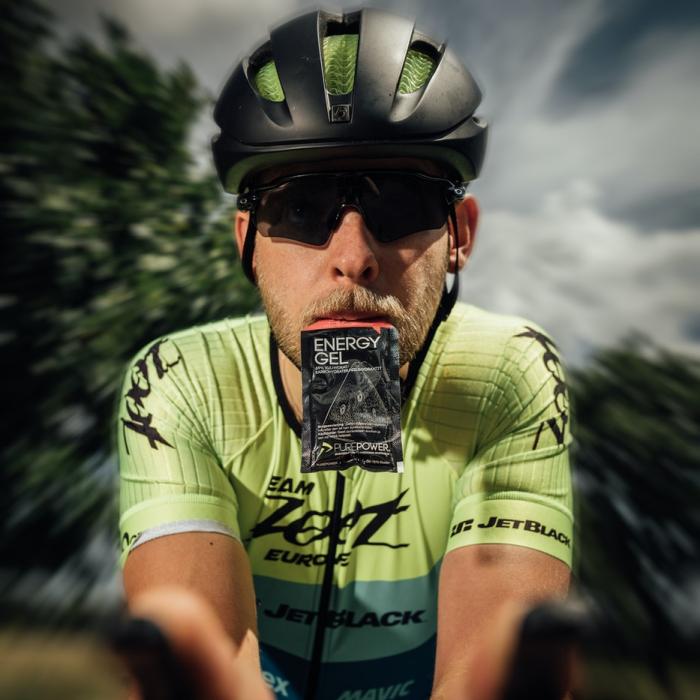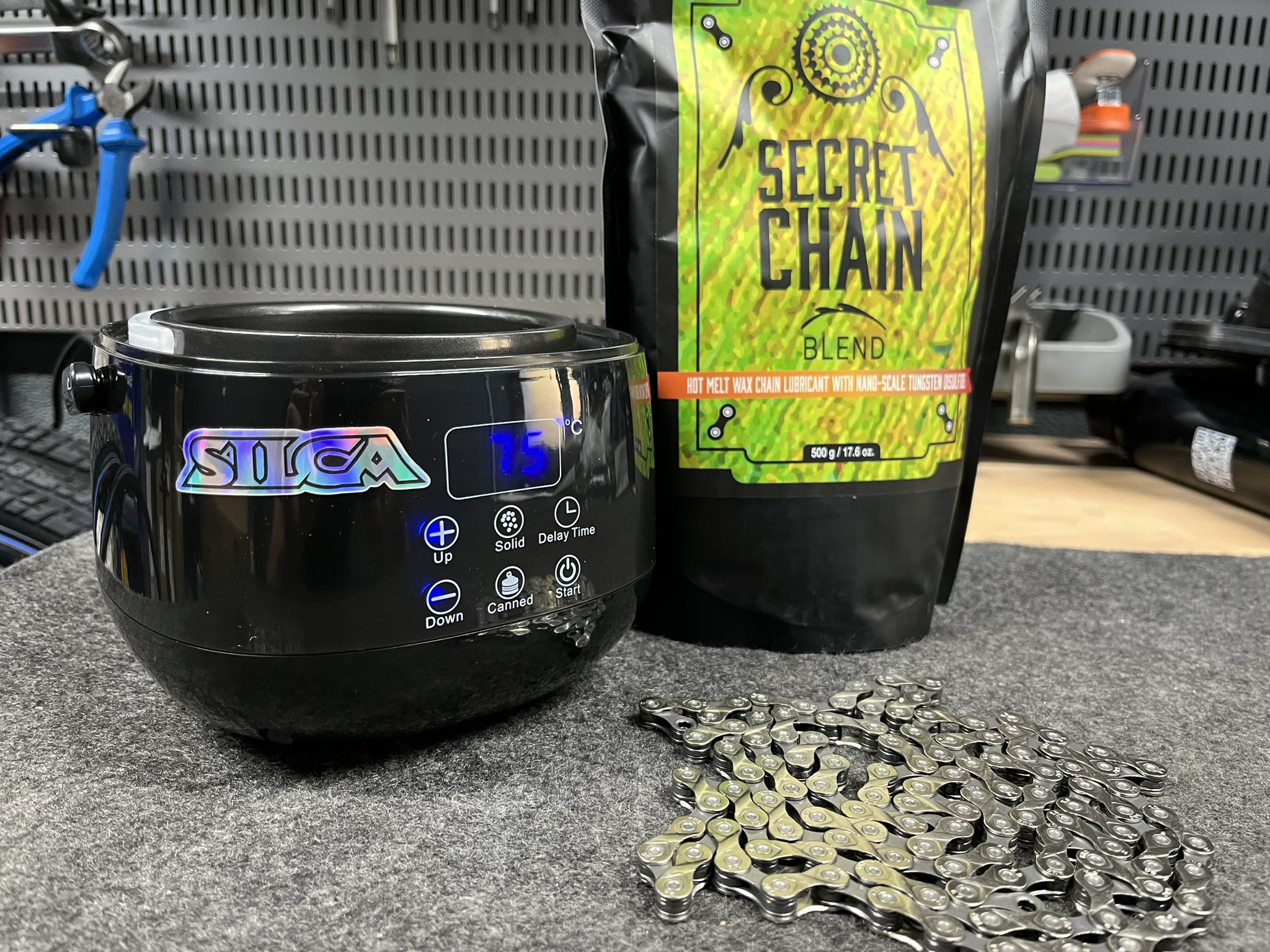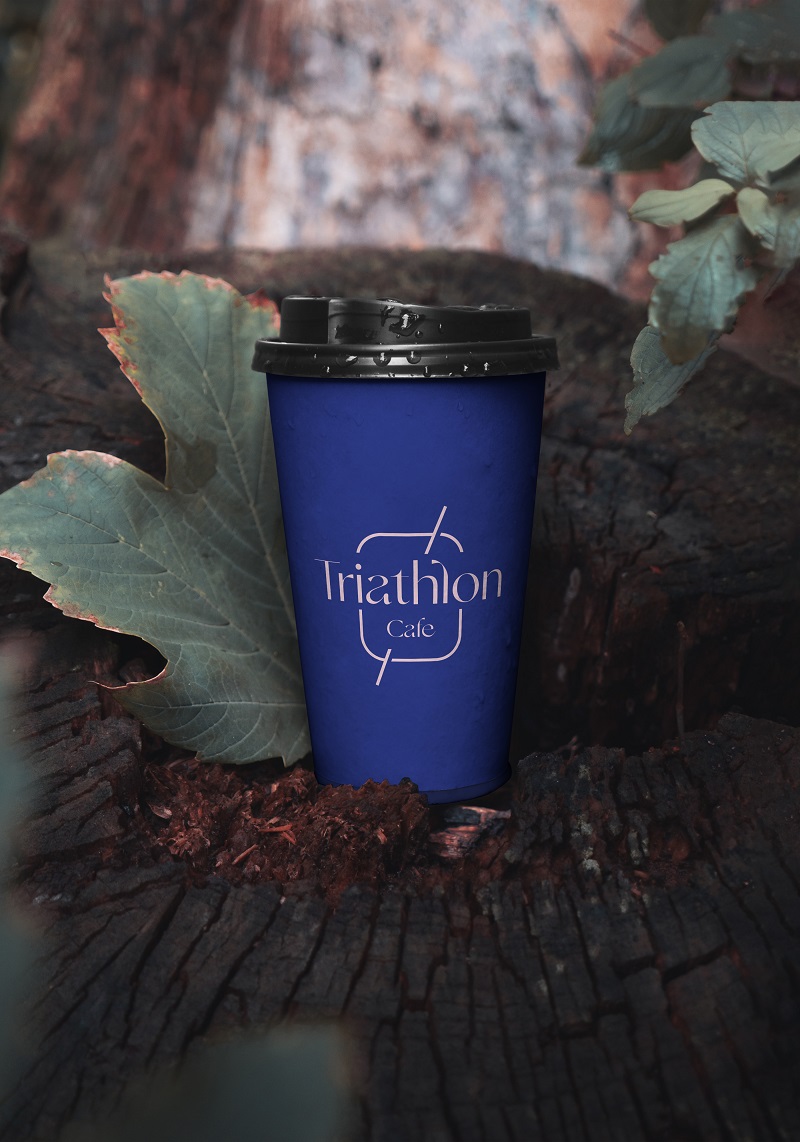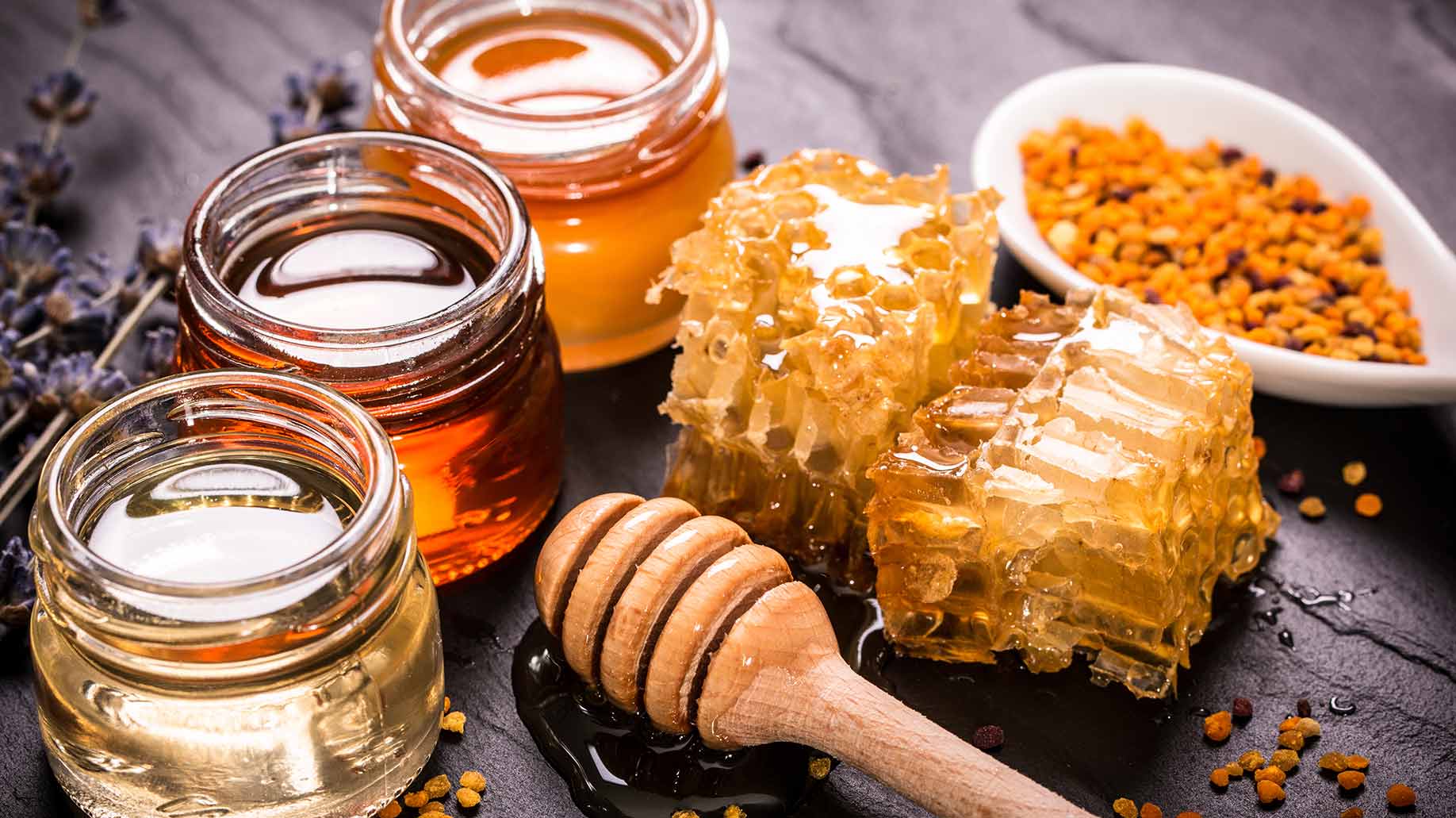1. How Chain Lubrication Works
A bicycle chain consists of more than a hundred small metal parts — plates, pins, and rollers. Friction between these parts must be minimized, otherwise the drivetrain wears out quickly and efficiency drops.
The goal of any lubricant is:
-
To create a protective film between metal surfaces.
-
To reduce friction and prevent corrosion.
-
To block dirt and moisture from entering the rollers.
2. Oil – Traditional and Practical, but Messy
Oil-based lubricants (wet and dry lubes) have been the standard for decades. They are simple to use and provide good short-term protection, but they also attract dust and dirt.
| Advantages | Disadvantages |
|---|---|
| Easy to apply | Attracts dirt and dust |
| Works well in rain | Requires frequent cleaning |
| Provides instant lubrication | Can contaminate cassette and pulleys |
Summary:
Oil lubes are effective and convenient but turn into a sticky paste when mixed with road dust or water. After rainy rides, the drivetrain usually becomes dark and greasy.
3. Wax – Modern, Clean, and Efficient
Wax lubrication works differently. Instead of remaining liquid, the wax hardens and coats the inner surfaces of the chain with a dry, protective layer.
It repels dirt, runs quietly, and significantly extends drivetrain life.
| Advantages | Disadvantages |
|---|---|
| Stays clean and dry | Requires thorough chain cleaning before first use |
| Does not attract dust | Needs reapplication after long wet rides |
| Reduces friction | Takes more time to prepare |
Summary:
A properly waxed chain runs cleaner, quieter, and more efficiently.
In dry weather, wax can last 300–500 km; in rain, it still protects the inner rollers but may need reapplication afterward.
4. Rain Performance – Real-World Comparison
| Condition | Oil | Wax |
|---|---|---|
| Light rain / spray | Lubricates well but collects dirt | Repels water, stays clean |
| Heavy rain | Keeps running but forms greasy sludge | Outer layer washes off gradually |
| After the ride | Needs degreasing | Wipe and reapply wax |
Summary:
Oil continues to lubricate but attracts dirt and grit.
Wax repels water, stays cleaner, and provides better corrosion protection if the chain is dried and rewaxed after wet rides.
5. Professional Recommendations
| Type of Riding | Recommended Lubrication |
|---|---|
| Dry conditions / racing | Hot-melt wax or solid chain waxing |
| Mixed or wet conditions | High-quality drip wax (e.g. Silca Super Secret, CeramicSpeed UFO Drip) |
| Commuting / daily use | Quality wet oil, with frequent cleaning |
After any ride in the rain:
-
Wipe the chain with a clean cloth.
-
Dry it completely (air or compressor).
-
Reapply wax or oil depending on your setup.
6. Summary Table
| Feature | Oil | Wax |
|---|---|---|
| Cleanliness | Low | High |
| Efficiency | Good | Excellent |
| Durability (dry) | Long | Long |
| Durability (wet) | Moderate | Moderate |
| Maintenance | Easy | Requires preparation |
| Corrosion protection | Medium | Excellent (if applied dry) |
7. Conclusion
Waxing requires more preparation but gives a cleaner, more efficient drivetrain and longer component life.
Oil remains a practical option for everyday riders but needs more frequent maintenance.
At TCC Lab, we provide professional deep chain cleaning and waxing services using premium products.
Book your service today — and ride with a smoother, cleaner, and longer-lasting drivetrain.




